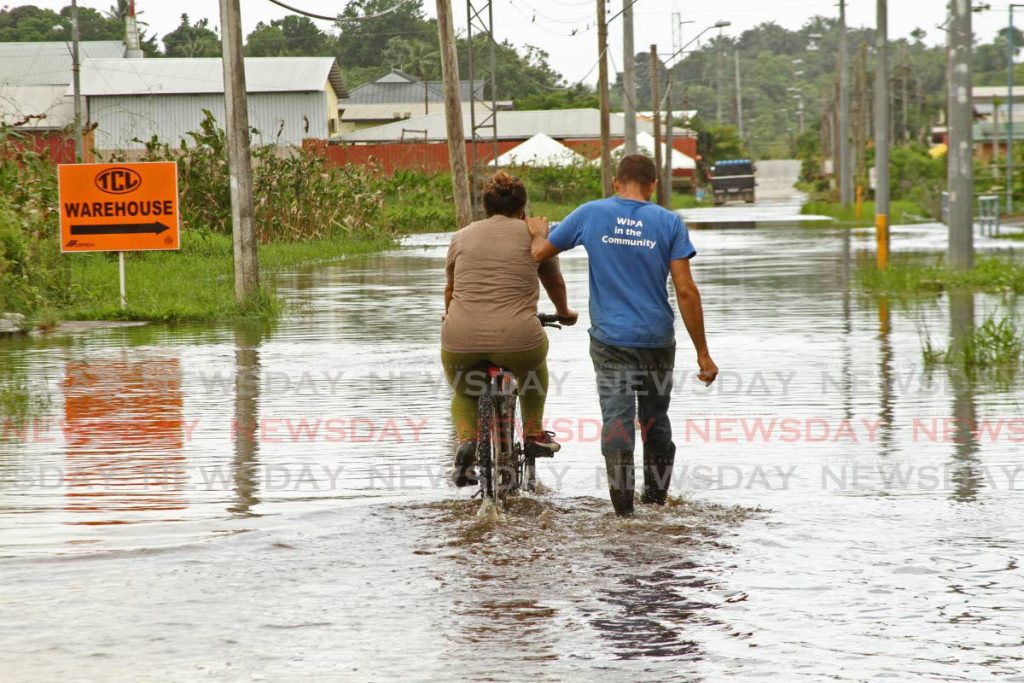Climate threat already here

WHATEVER the outcome of the Glasgow COP26 summit on climate change which begins on Sunday, we should all prepare ourselves in the Caribbean for the immediate threat posed by the advent of La Niña.
La Niña is the period of cooler than normal sea-surface temperatures in the Pacific Ocean that affects global weather patterns. It is a phenomenon which, alongside its counterpart El Niño, has occurred with some regularity for hundreds of years.
However, the combination of climate variability and climate change – which the COP26 summit is meant to address – means La Niña may be even more hazardous this time around.
On Tuesday, the Barbados-based Caribbean Climate Outlook Forum issued a dire warning to Caribbean states to be prepared for “particularly high flooding,” flash floods, landslides, rockfalls and soil erosion across Belize and the Caribbean until January 2022.
Additionally, it reported highly variable weather patterns occurring in the last few weeks. For the month of August, it noted Trinidad ranged from “exceptionally wet in the west to normal in the east,” while Tobago ranged from very wet to severely dry. Similar patterns were observed in other islands.
If there is a need to make special preparations, one need only look to the flooding in many parts of Trinidad at the moment.
Bitter recriminations have emerged from residents of places like Penal, who have accused Works and Transport Minister Rohan Sinanan of, at best, incompetence, and at worst, discrimination, with some claiming some areas are being treated more favourably.
What is clear is that the State has a standing duty to ensure our infrastructure is up to scratch, and this should include having systems in place to cater for perennial challenges.
But additionally, with the Prime Minister himself earmarked to attend COP26, state agencies cannot pretend these are ordinary times. There is an urgent need to review and bolster systems to ensure they are robust enough to cater for further instances of highly variable weather.
By now, it should be clear to all that the last few weeks were just the start. The State, and the region as a whole, need to go above and beyond.
Whatever the minister’s disposition to protesters pointing out perceived deficiencies in his management, it is imperative that watercourses are properly dredged and that emergency response systems – including shelters – are readied. More resources should be allocated to deal with landslides. Robust support will have to be provided for families in need.
Caricom too must have contingency plans in place to take action across borders, even amid covid19.
The joint Caricom declaration issued on Wednesday calling for timely action and better access to financing for small island states is a hopeful sign the little, vulnerable countries are capable of closing ranks when it matters most.


Comments
"Climate threat already here"